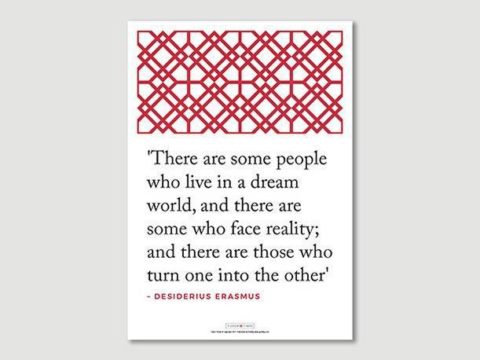Introduction to Field of Cloth of Gold
Diplomacy is always a mixture of what is now called ‘soft power’ and ‘hard power’, and things were no different in the Renaissance period. What constitutes hard power has not changed – fundamentally, it is about the size and capability of your military forces. Whilst soft power has always been about a country’s ‘brand’ and perceptions of it abroad, what polishes that brand changes to reflect the interests of the age. In the twenty-first century, Britain’s soft power lies in its universities, its pharmaceutical sector and its heritage, France’s soft power is in its cuisine, its art treasures, its vineyards and its cultured way of life. In the sixteenth century, soft power was still closely related to military might, but took the form of ostentatious exhibitions of war-like prowess in the ‘friendly’ atmosphere of the tournament, accompanied by extravagant gift-giving, the bestowal of chivalric orders, such as that of the Garter, the Golden Fleece or St Michel, and glittering displays of clothes, gold and silver plate, and precious gems.
In the sixteenth century, France and England had been at war on-and-off, for centuries. England’s hard power had initially been dominant, but as France grew in might in the fifteenth century, England’s military advantage had been lost. Henry VIII’s chief adviser, Cardinal Wolsey, an intelligent and prescient man, knowing that military victory was unlikely, spent much of his energy fostering England’s soft power, promoting Henry as an arbiter between France and the Empire, and as the architect of the Treaty of Universal Peace of 1518. In what was an early form of mutual defence alliance, the nations of Europe were invited to make peace amongst themselves, so that they could protect Christendom from the encroaching Ottoman Turks. The Field of Cloth of Gold was designed to celebrate the treaty, and to show off the soft power of France and England in the symbolism of the time – extravagant clothes, exotic food, sumptuous jewels, and talented jousters.


